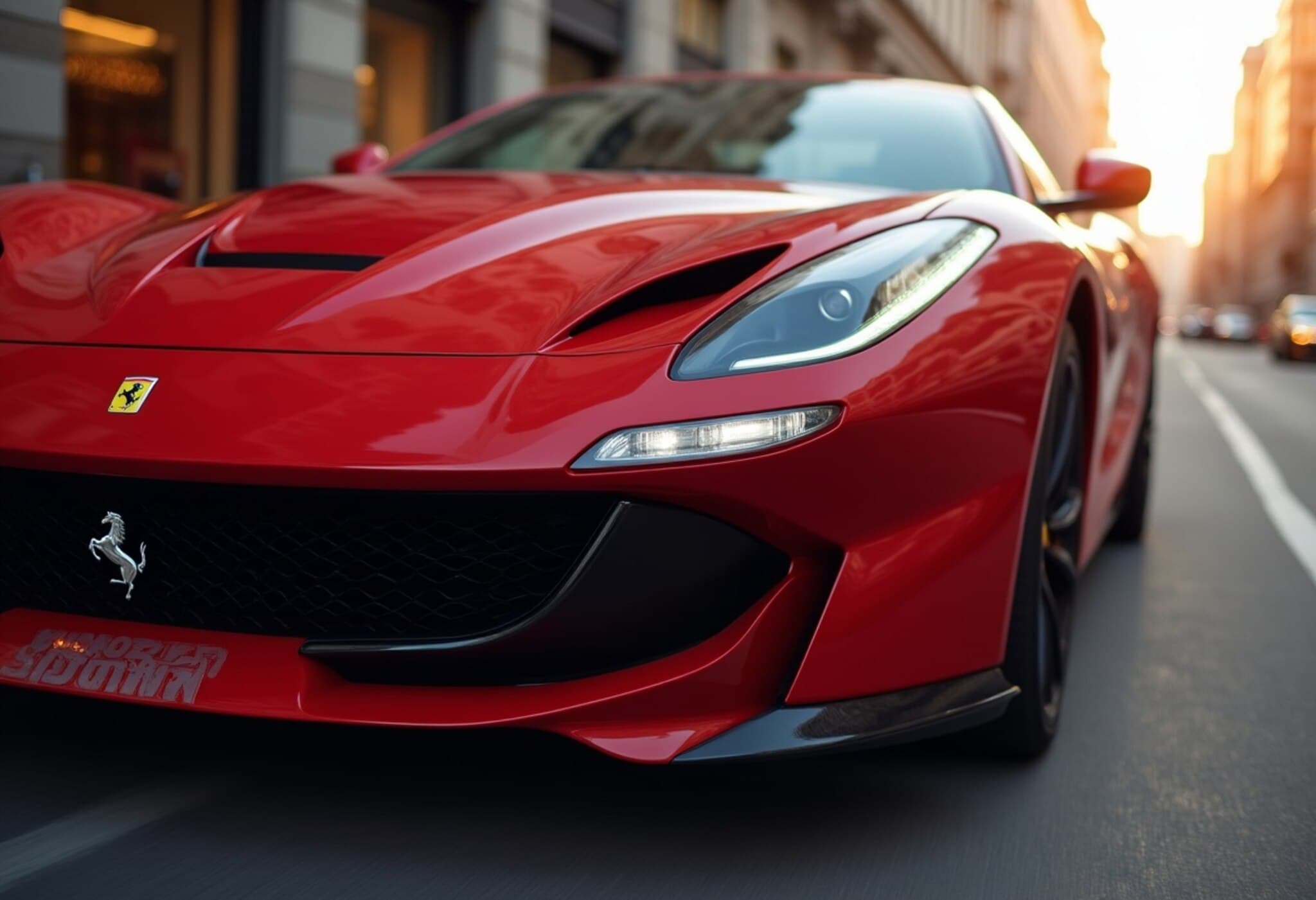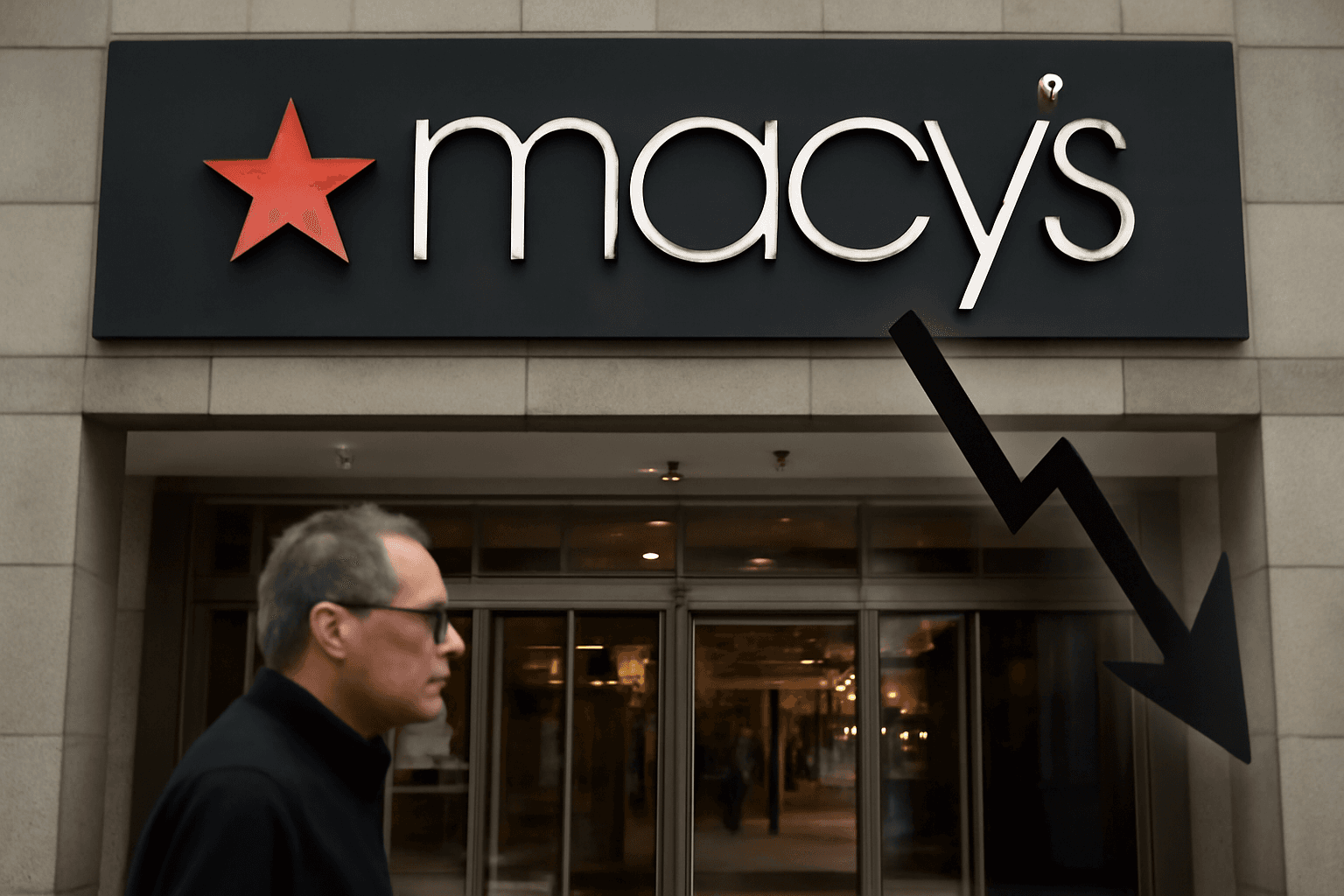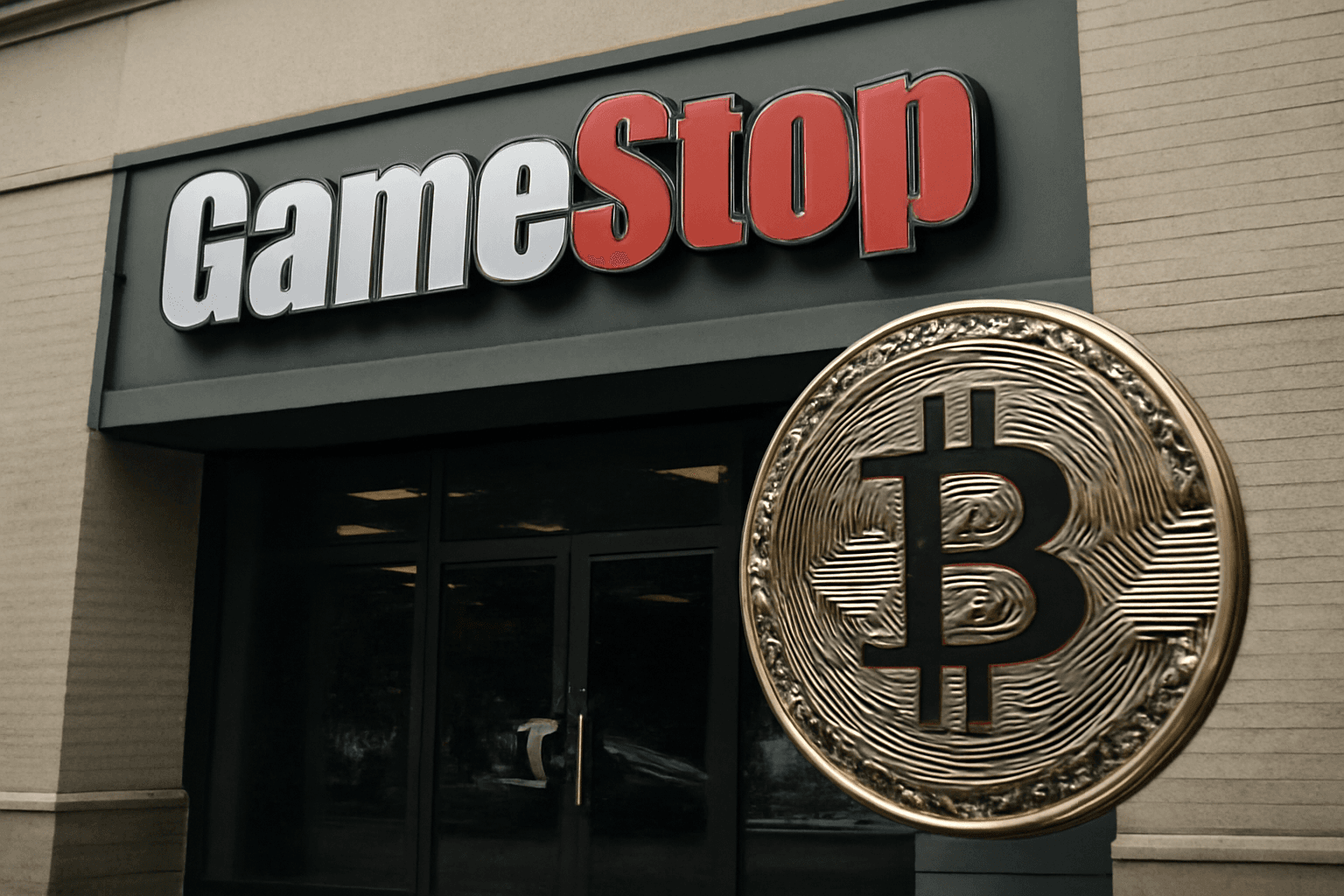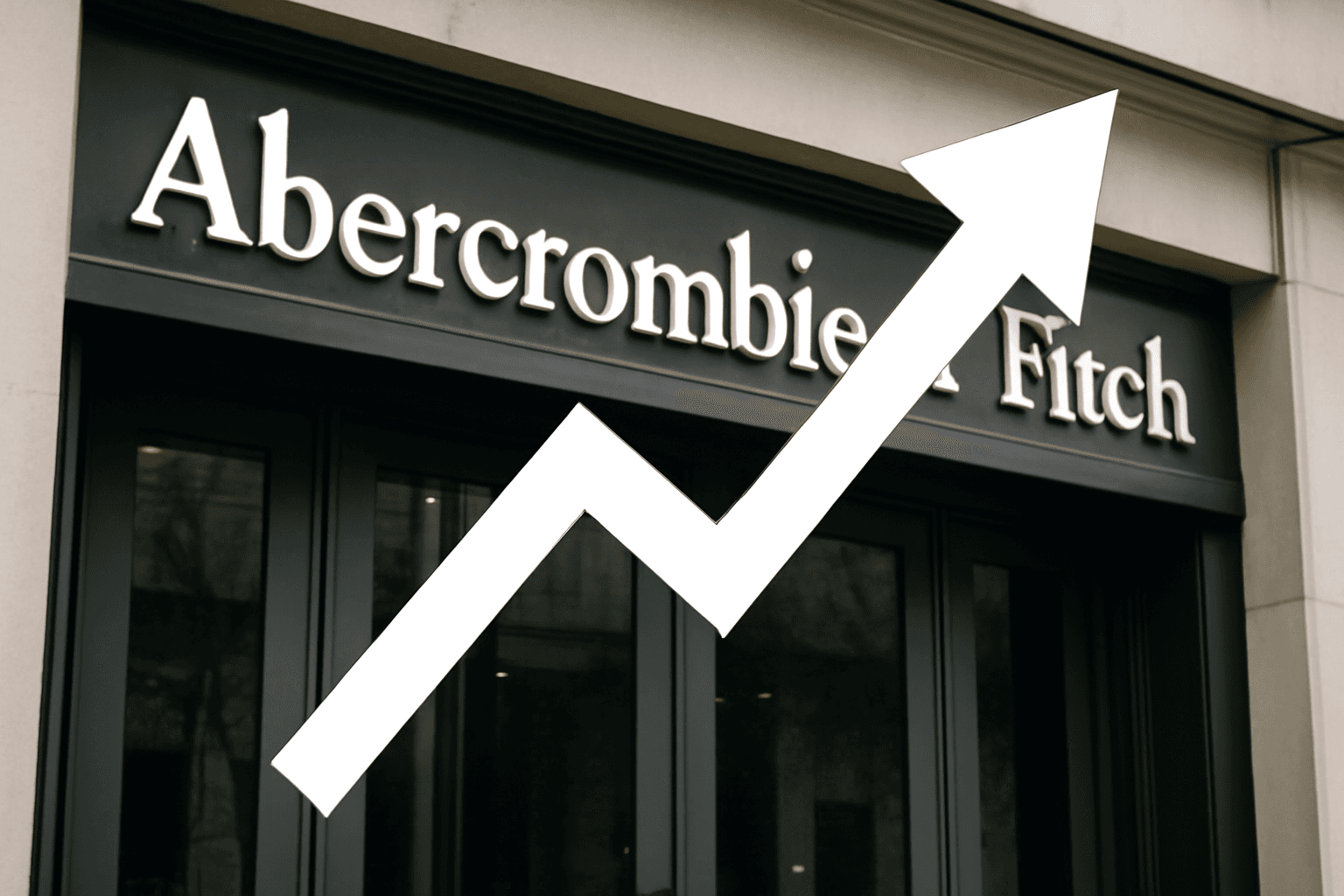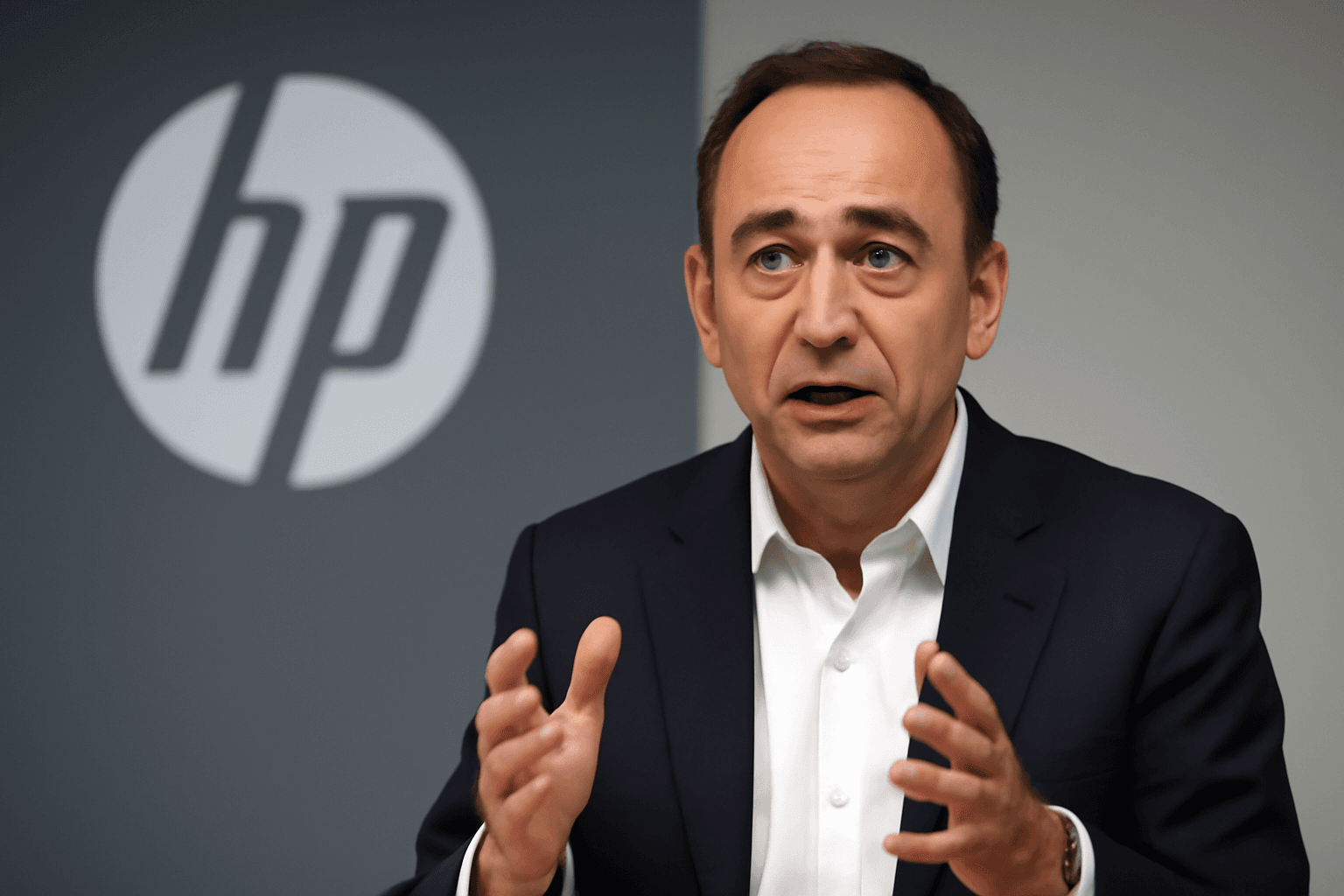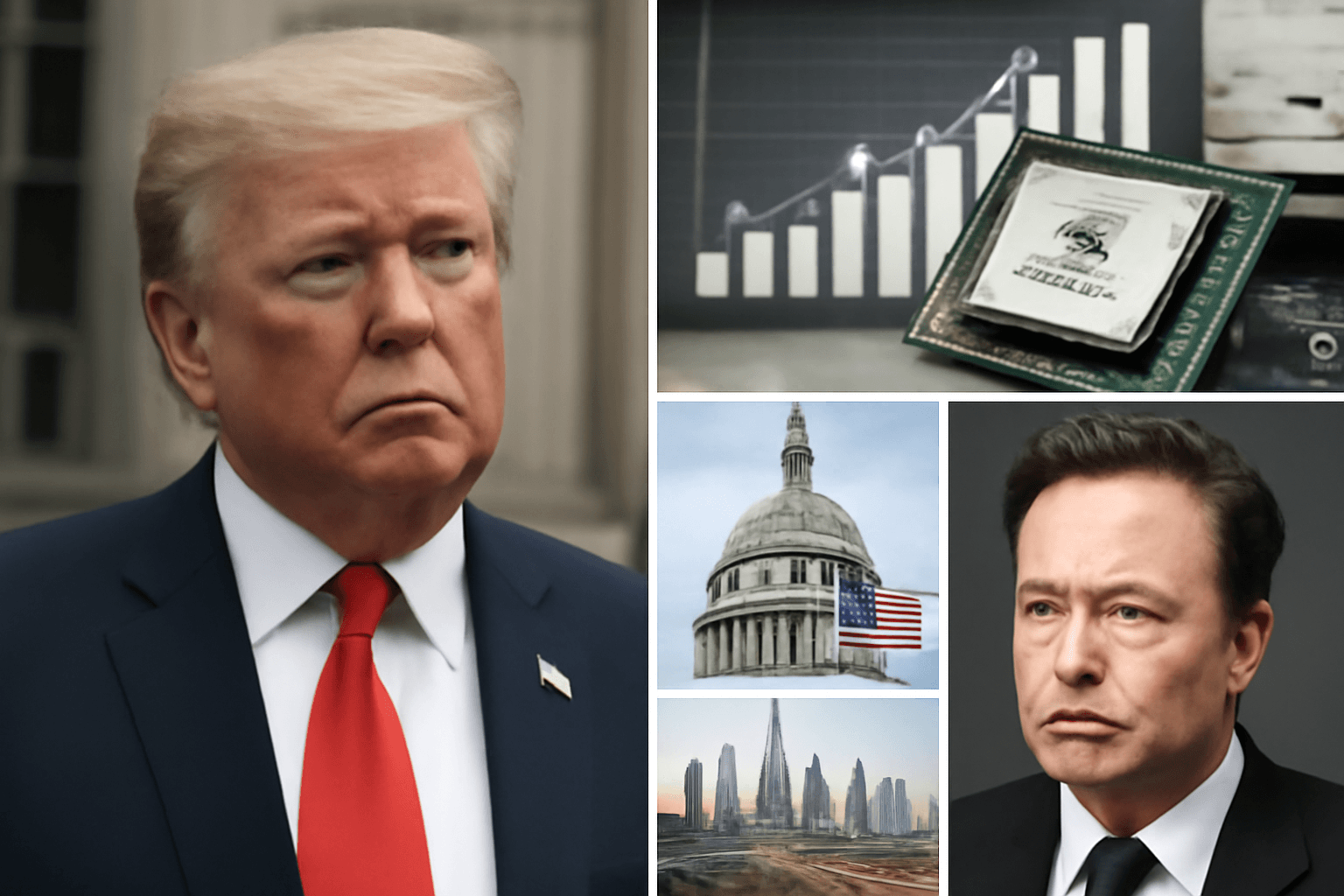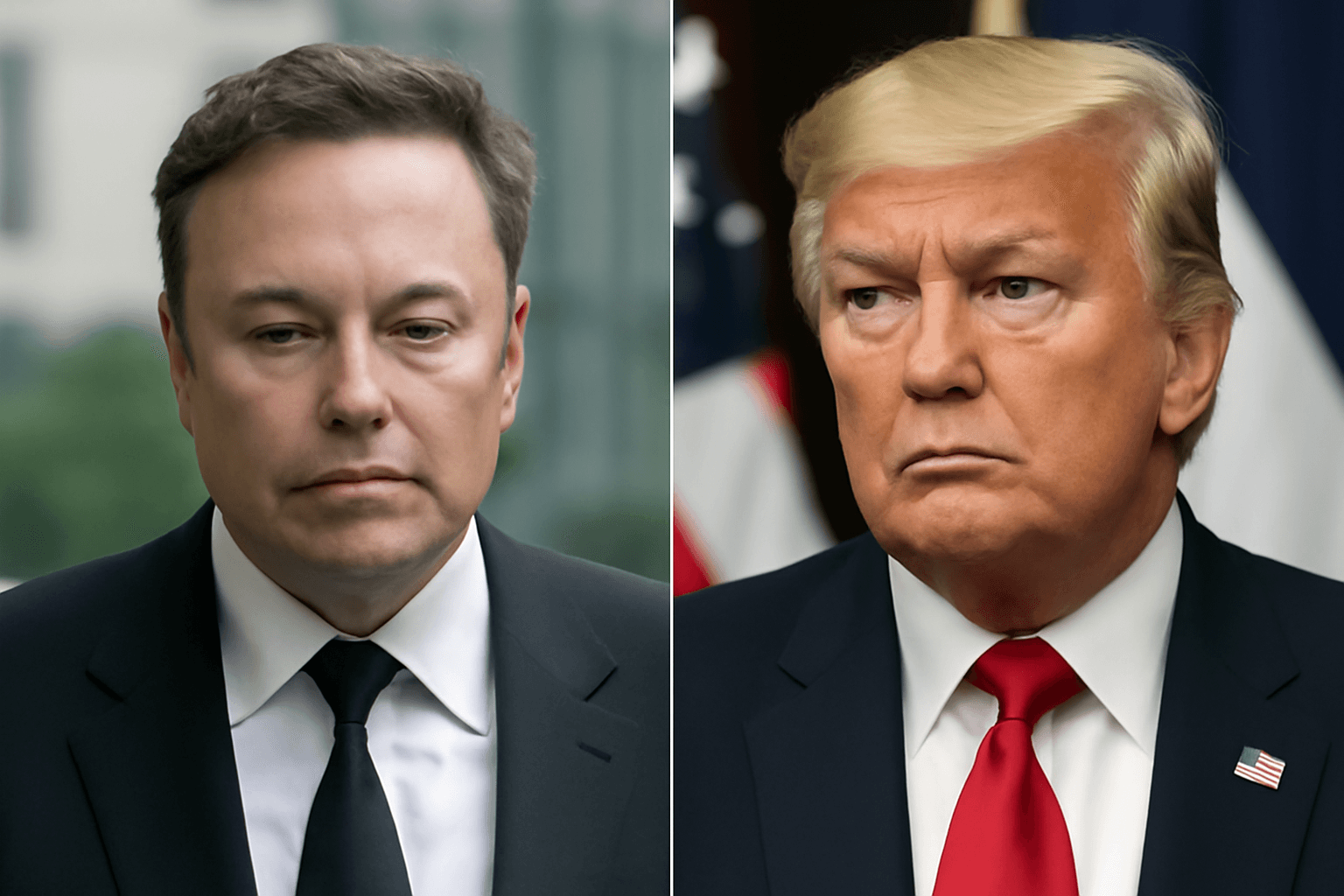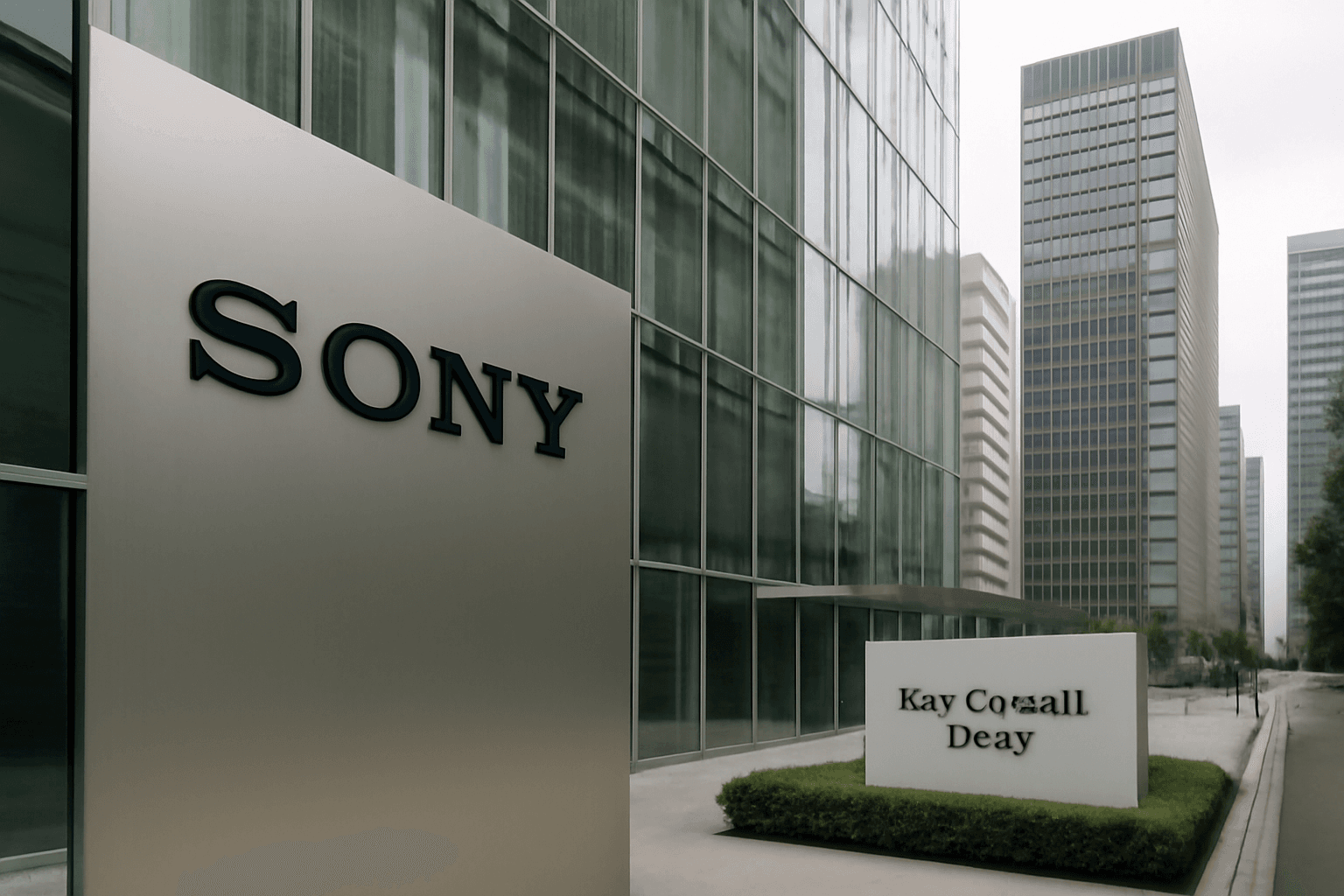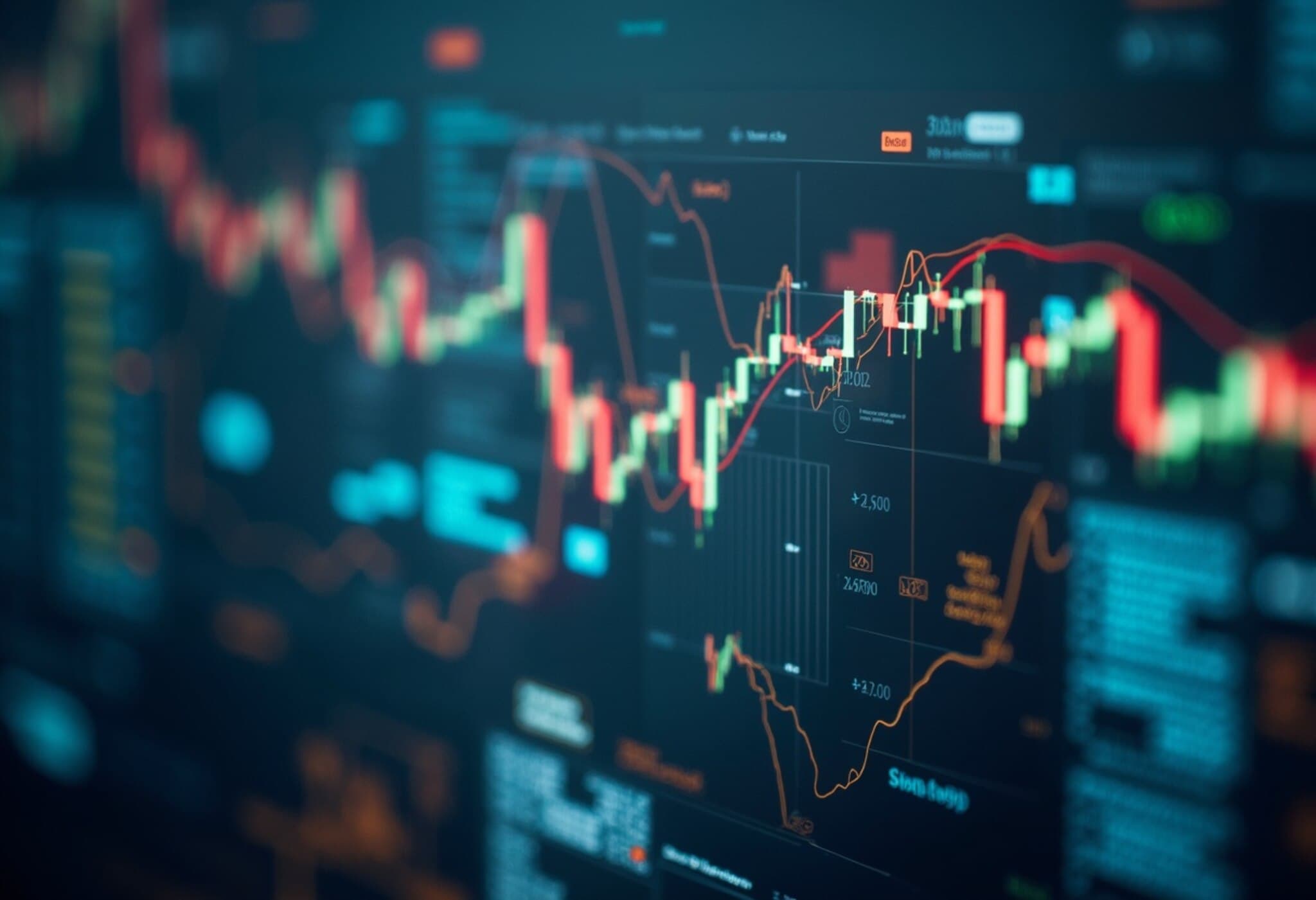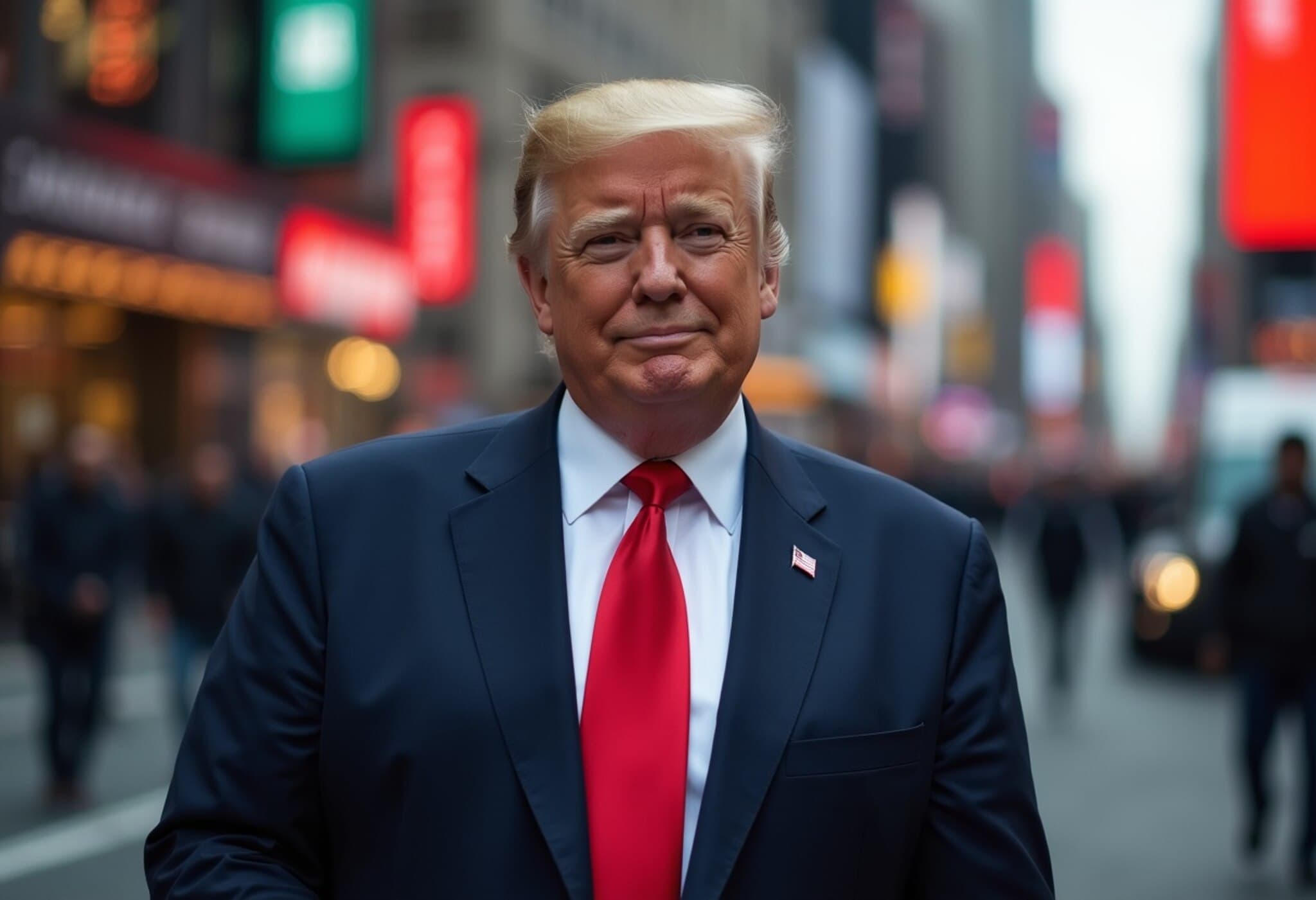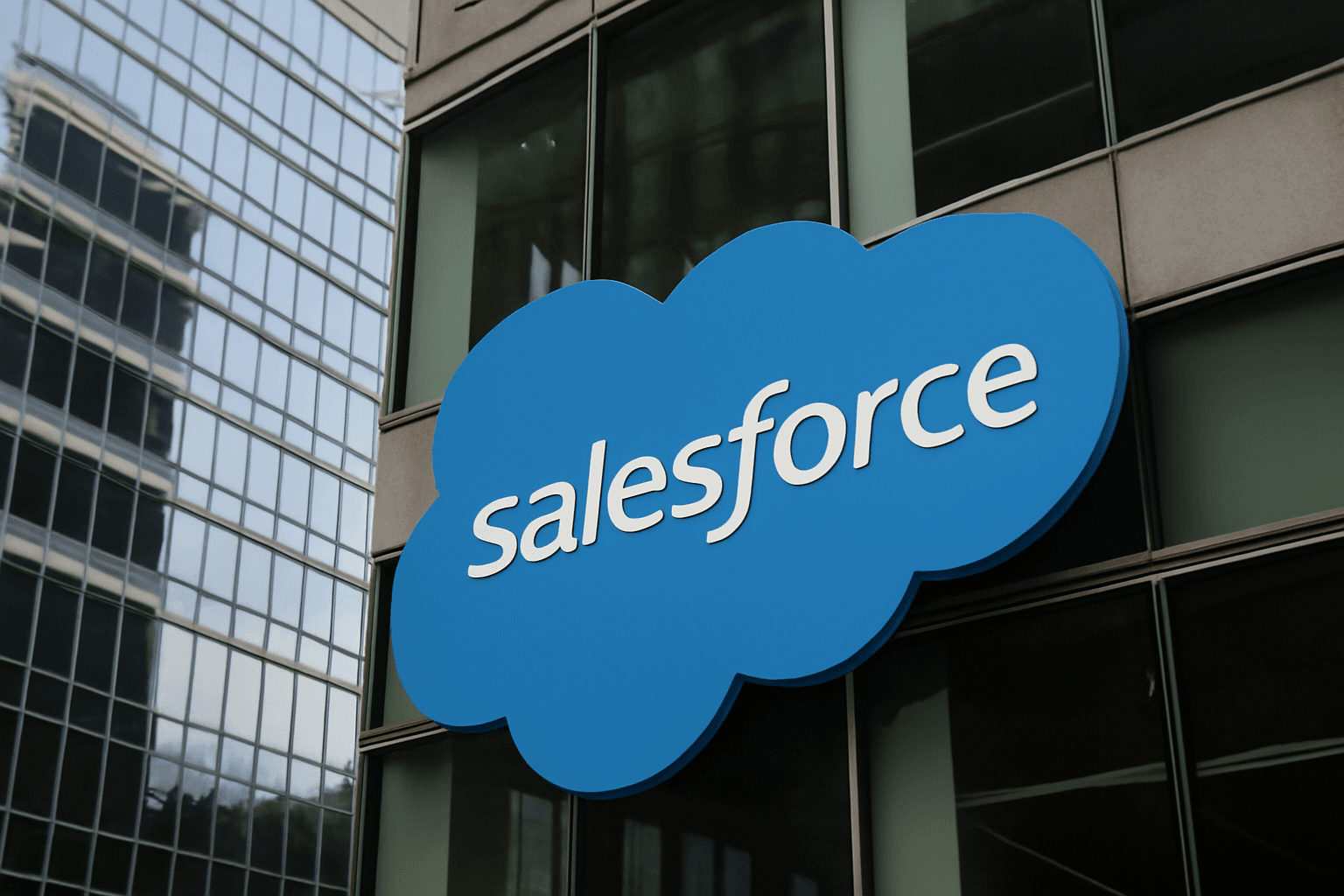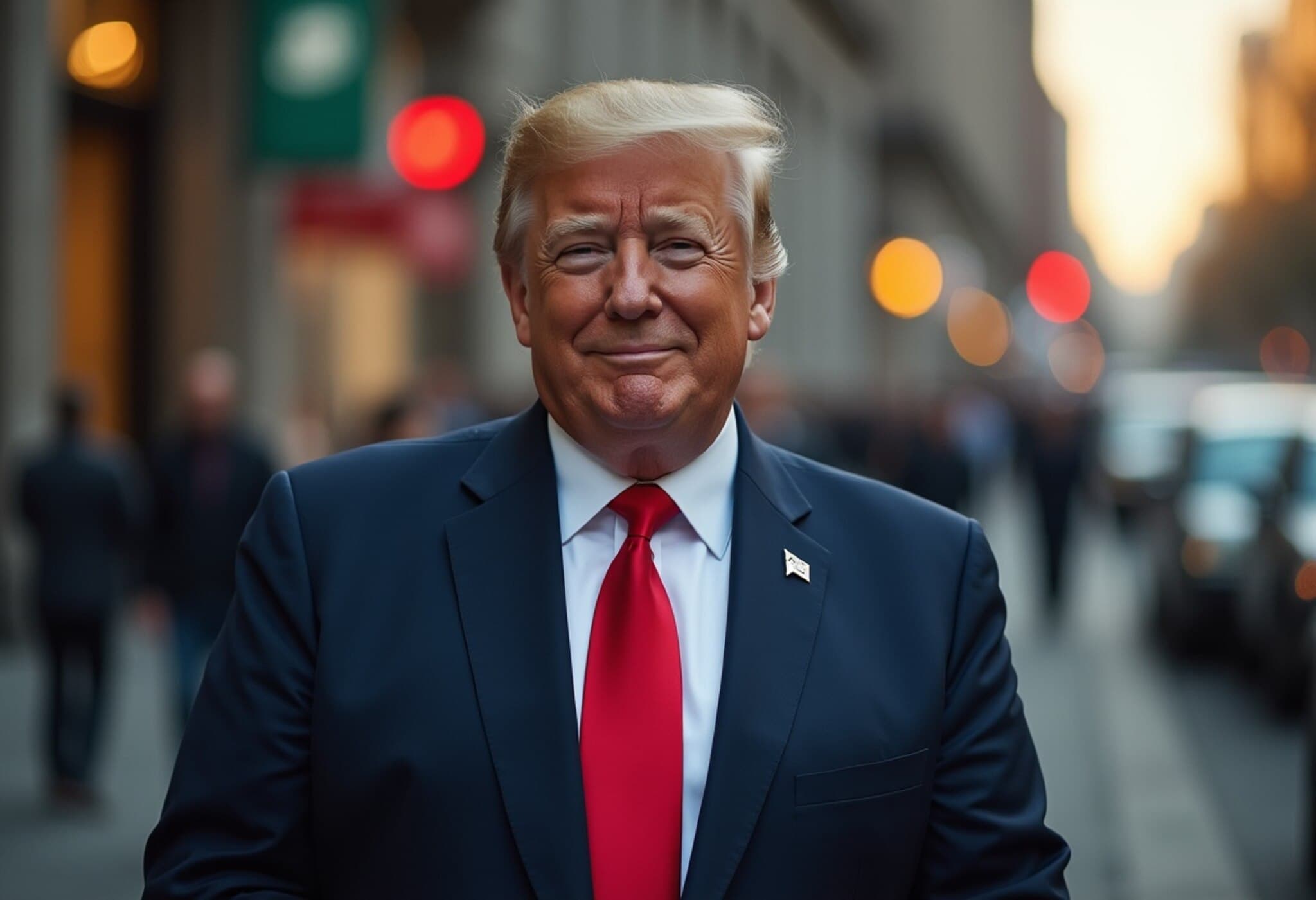Ferrari Stock Experiences Sharpest Decline Since 2016 IPO
Shares of Ferrari, the iconic Italian luxury sports car manufacturer, plunged over 12% on Thursday—the steepest single-day drop since its initial public offering nine years ago. This significant slide came despite Ferrari maintaining its full-year guidance, highlighting investors’ growing apprehension over the company’s future growth prospects in an evolving market landscape.
Market Reaction Amid Price Adjustments in U.S.
The downturn followed Ferrari’s announcement regarding a strategic revision of pricing policies in the United States. Specifically, the company plans to scale back price compensation on certain models as U.S. tariffs on European Union-manufactured vehicles are reduced from 27.5% to 15%. While this adjustment aims to reflect changing trade dynamics, it simultaneously raises questions about Ferrari’s ability to sustain its historically robust profitability under shifting economic conditions.
Investor Concerns: Balancing Profit Margins and Sales Growth
Despite consistent operational results, Wall Street analysts, including those at Citi, have turned their focus towards Ferrari’s capacity to preserve its lucrative margins amid decelerating sales volume growth and softer average selling prices. Harald Hendrikse from Citi emphasized, "The spotlight is now on how far the EBIT margin can stretch in the second half of the year, especially with expected slowdowns in shipments and pricing pressures."
This mirrors broader challenges luxury automakers face globally, where economic uncertainties, evolving consumer preferences, and regulatory changes force a delicate balance between exclusivity, volume, and pricing strategy.
Contextual Insights: What This Means for Luxury Automakers
Ferrari’s stock plunge is a vivid reminder of the intricacies luxury brands navigate as they scale their businesses. Maintaining exclusivity and high profit margins often comes at the expense of volume growth. As markets mature and tariffs fluctuate, the need to adapt pricing without eroding brand value becomes critical.
- Trade Tariffs and Pricing: The ongoing recalibration of import tariffs between the U.S. and EU directly impacts pricing strategies and profit outlooks for manufacturers like Ferrari.
- Market Saturation and Consumer Demand: Slowing growth in sales volumes hints at a potential plateau in demand for ultra-premium vehicles, necessitating innovation or diversification.
- Investor Expectations: Public market investors demand consistent growth and profitability, which can conflict with a luxury brand's long-term strategy of exclusivity over mass appeal.
Underreported Angles: The Broader Economic Implications
Beyond the immediate stock impact, Ferrari’s situation opens a window onto global trends affecting the luxury goods sector. Economic headwinds, including inflationary pressures and geopolitical uncertainties, have filtered down to consumer spending patterns—particularly in discretionary high-end markets.
Moreover, the U.S.’s tariff policy adjustments could set precedents influencing other luxury carmakers, potentially reshaping the competitive landscape. Analysts and policymakers alike should watch these dynamics closely as they provide clues about economic interdependencies and sectoral vulnerabilities.
Looking Ahead: What Investors and Consumers Should Watch
Investors in Ferrari and luxury automotive brands should monitor several key indicators going forward:
- Second-half EBIT Margins: Will Ferrari manage to uphold its profitability amid decelerating sales growth?
- Price Strategy Evolution: How will tariff changes influence pricing in other markets beyond the U.S.?
- Sales Volume Trends: Is there sustained demand from emerging markets or alternative luxury segments mitigating plateauing in traditional geographies?
For consumers, changes in pricing and tariffs may eventually affect availability and cost, subtly influencing how luxury vehicles are marketed and purchased in the near future.
Editor’s Note: Ferrari’s sharp share price decline highlights a pivotal moment for luxury automakers caught between tradition and the pressures of modern market realities. The company’s navigation of tariff-induced pricing shifts and margin sustainability will be a bellwether for the broader high-end automotive sector. Stakeholders should watch not only the headline numbers but also the nuanced interplay of economic policy, consumer behavior, and brand strategy shaping the industry’s future.

